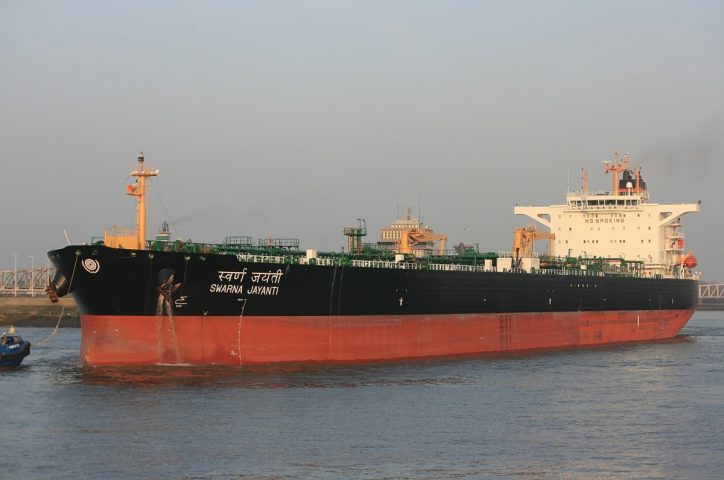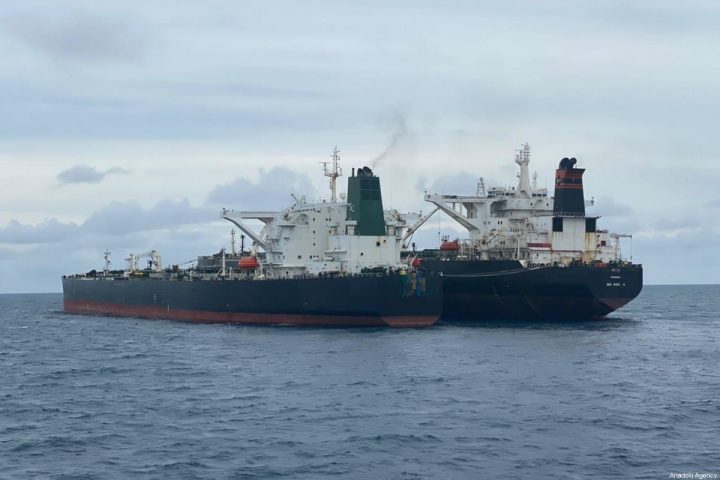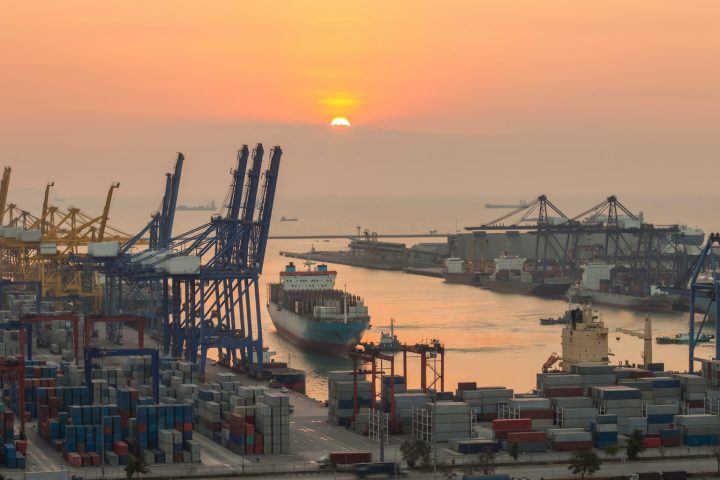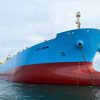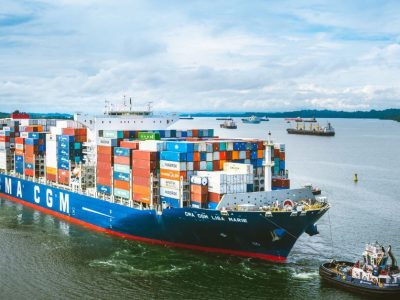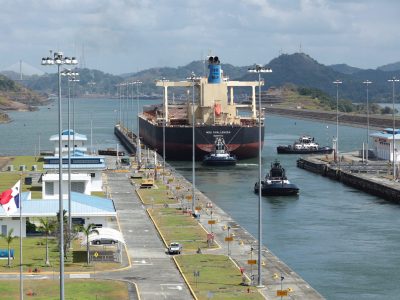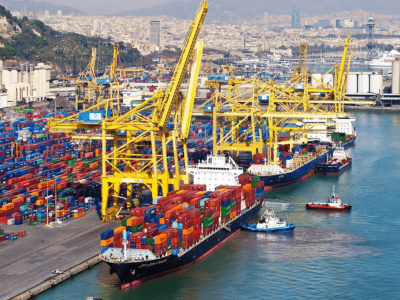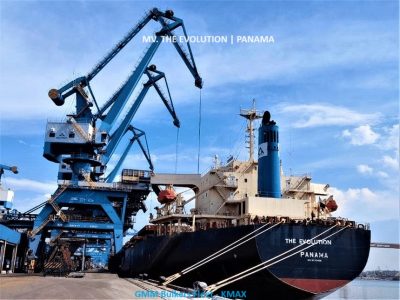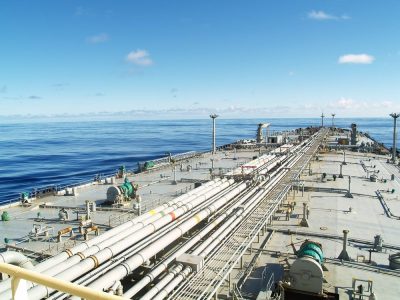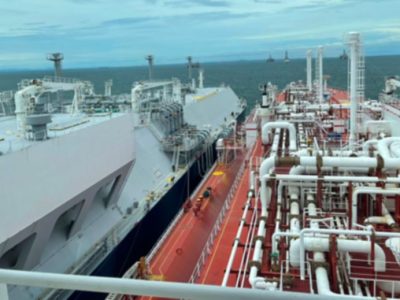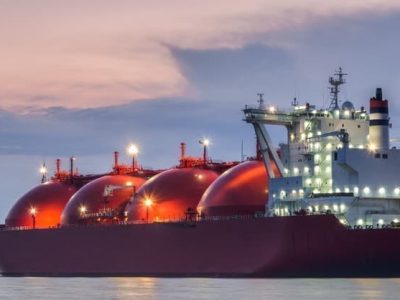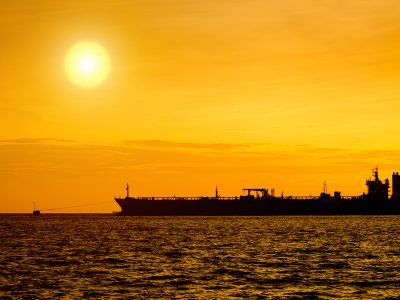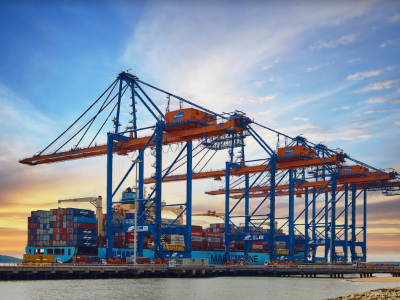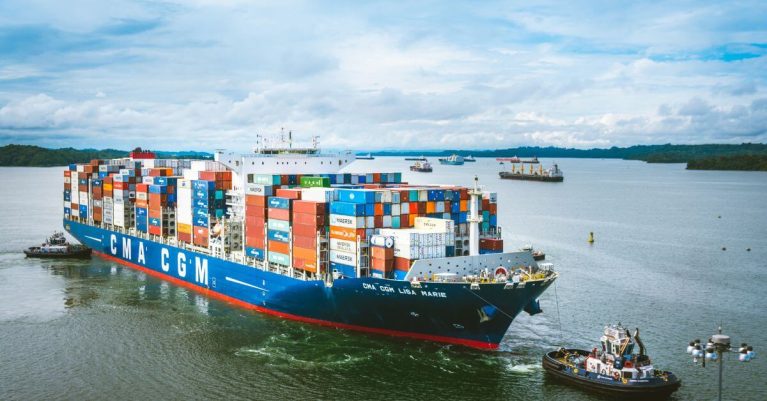By GMM News | 2024-07-09 | International Shipping News |

MSC now holds a 20% share of the global container shipping market, in terms of capacity offered, a record in the liner industry – and the carrier is just “one big ship delivery away” from the 6m teu milestone, according to new Alphaliner data.
The Swiss shipping line’s fleet has grown faster than any other carrier, “fuelled by a massive newbuilding programme, countless second-hand acquisitions and, to a lesser degree, chartering”, said Alphaliner today.
MSC’s fleet capacity passed the 5m teu milestone in May last year.
Meanwhile, Alphaliner data from 30 May shows THE Alliance carriers had some 11.6% of global market share, the future Gemini Cooperation of Maersk and Hapag-Lloyd some 22% between them, Ocean Alliance members nearly 29%. Other non-aligned carriers, such as Wan Hai, Zim and PIL, had most of the remainder.
Now boasting a market share exceeding some major ocean alliances, MSC has the capacity to operate a global network outside the soon-to-end 2M alliance with Maersk – although it may enter vessel-sharing agreements in selected trades in the future.
Benchmarking platform Xeneta noted in today’s half-year report: “The 2M Alliance is already well under way in its disbandment, with MSC and Maersk now effectively running their own services under the 2M banner. This eases the process but there is still a lot of work to be done to fully transition to the new alliance structures.”
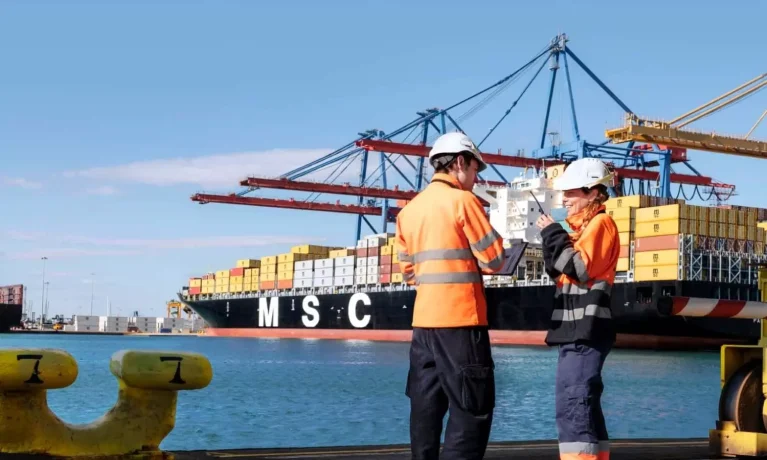
And Alphaliner noted the irony of it being the former Maersk vessel, the 9,600 teu MSC Nicole X, that saw MSC sail past the threshold to its record 20% market share. Previously known as the AP Moller, the ship is the most recent of ten Odense-built 9,600 teu Maersk vessels acquired by MSC over the past few years.
Xeneta warned that, for many shippers, the changes in alliances would happen during existing long-term liner contracts. It said: “This would have been a challenge in a stable market, never mind during the volatility we’ve seen so far in 2024.”
It advised shippers to “seek information and assurance from carriers, be prepared to build new relationships and working practices if switching carriers, and be prepared for alliances to begin operating on trades which they previously did not”.
It also suggested shippers and forwarders consider the differing strategies and USPs of the carriers, and how they align with their own priorities – some carriers may prioritise market share and offer lower rates, while others may charge higher prices but promise better service.
The Gemini Cooperation, announced in January, will see Hapag-Lloyd and Maersk operate 290 vessels with a combined capacity of 3.4m teu.
In February, the Ocean Alliance members confirmed they would extend their operational cooperation until at least 2032. This sees CMA CGM, Cosco, Evergreen and OOCL with a total of 4.5m teu deployed on the main east-west routes.
“This leaves the remaining members of THE Alliance in a conundrum, as they are losing Hapag-Lloyd, the biggest carrier in the group,” commented Xeneta.
Ref : The Loadstar

